Astrophotography in February 2023: get set to shoot the green comet!
Everything you need to know about what’s worth photographing in the night sky this February
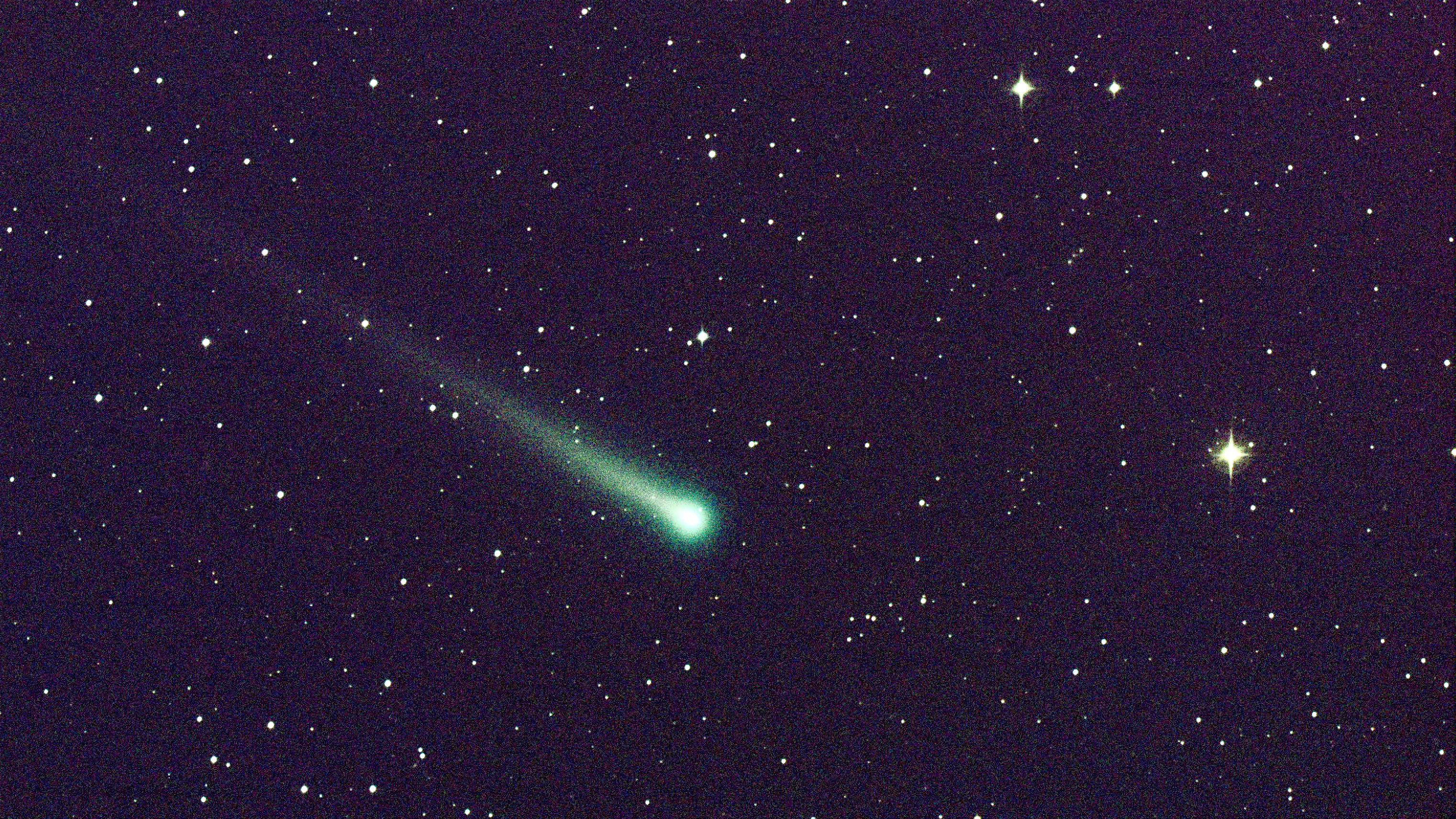
February could be one of the best months for astrophotography for 50,000 years. That’s because it should see the brightening of comet C/2022 E3 (ZHF), a long-period comet discovered last year that last visited in the Stone Age, around 50,000 years ago! That's not unusual for a comet, and nor is it hyped up green color, but nevertheless the appearance of this icy visitor is something to get excited about for night sky images.
Add a Jupiter-Moon conjunction, a brightening Venus after sunset and the rise of a full ‘Snow Moon’ and February 2023 has plenty to make going out in the cold seem like a good idea.
February 2: Comet C/2022 E3 (ZHF)
Tonight comet C/2022 E3 (ZHF) should reach its brightest. There’s no guarantee, but since it’s going to be at its closest point to Earth as it exits the inner solar system – about 27 million miles away – it could become just about visible to the naked eye. Get yourself to a dark sky site to maximize visibility, either visually or photographically, if clear skies are predicted.
Read: How to photograph a comet
February 5: full ‘Snow Moon’ rising
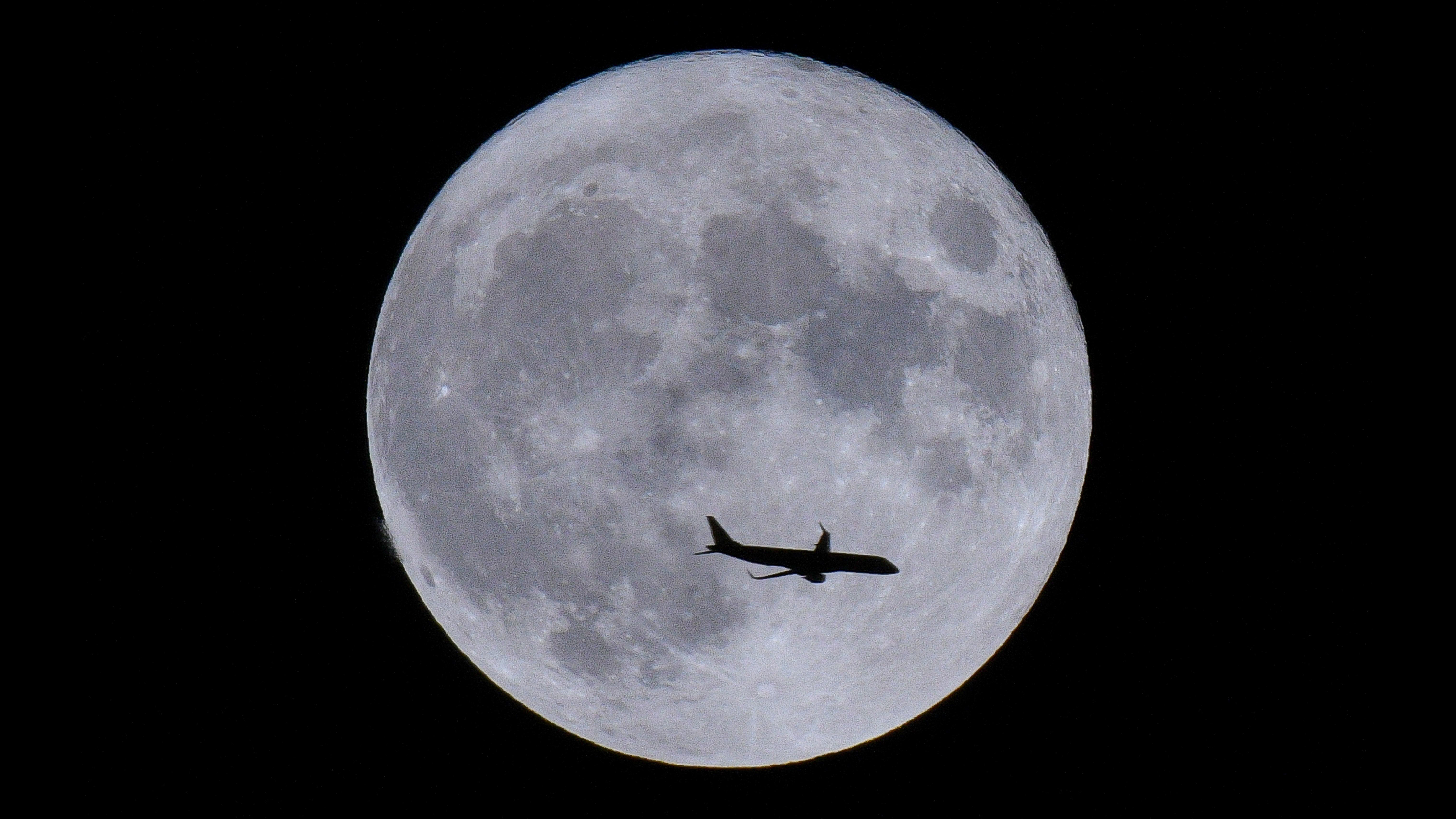
Catching the full Moon as it appears on the eastern horizon is surely one of the greatest – albeit one of the most regular – night sky images it's possible to capture. It will be best seen about 10 minutes after your local moonrise time as it appears in a beautiful orange color. Use a 70-300mm telephoto lens, a tripod and a remote shutter release, preferably from a second or third floor so you can see the horizon.
Tonight will also offer the first relatively easy opportunity to find and photograph comet C/2022 E3 (ZHF), which tonight will be passing very close to Capella, the sixth-brightest star in the night sky, and the brightest in the winter constellation Auriga. It will be high in the south, almost overhead.
Read: How to photograph the full moon
Get the Digital Camera World Newsletter
The best camera deals, reviews, product advice, and unmissable photography news, direct to your inbox!
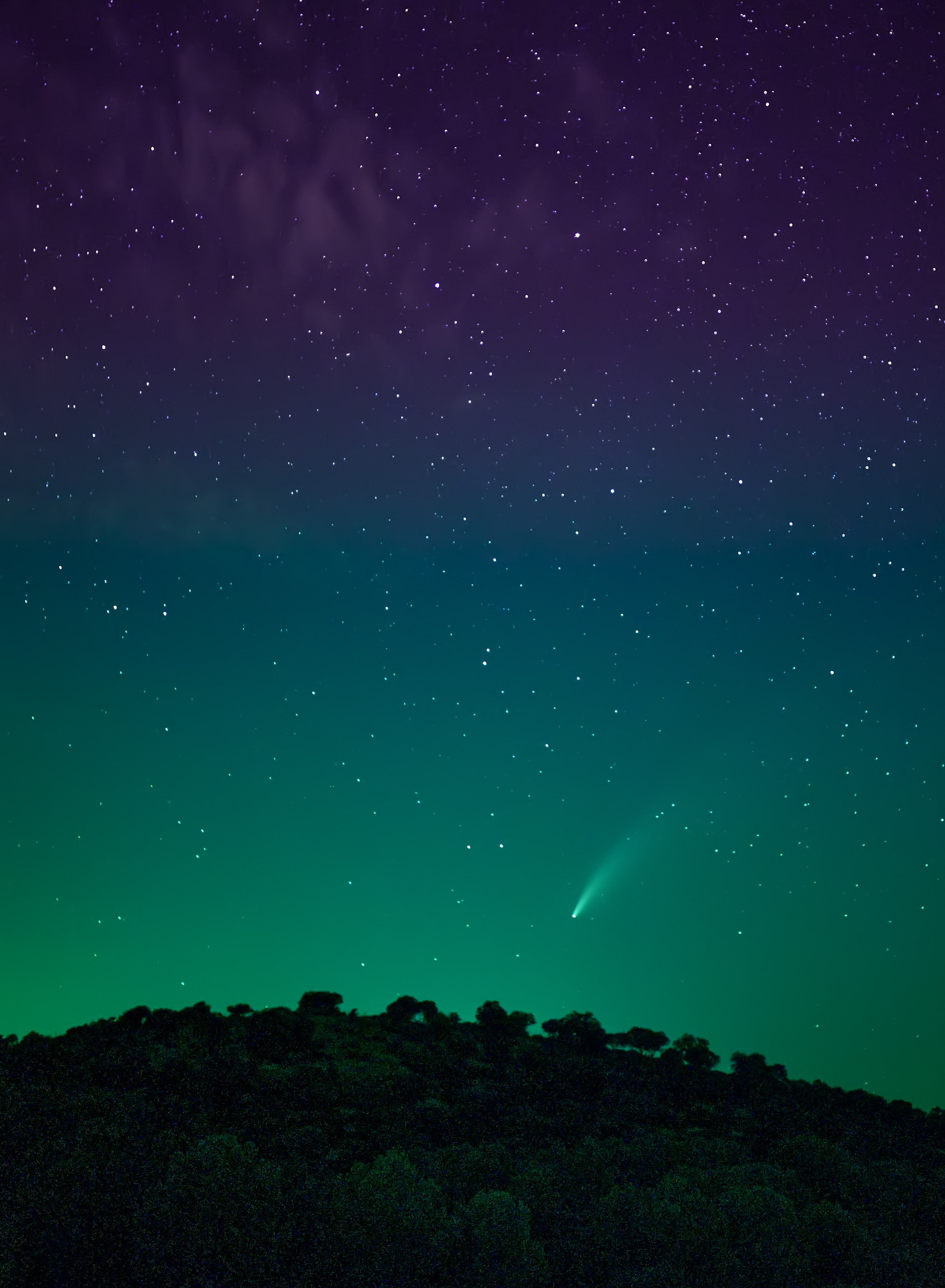
February 10 and 11: the comet meets Mars
It's now over a week since comet C/2022 E3 (ZTF) got closest to Earth, but if it's still shining relatively brightly then for two nights there are opportunities to image it close to the red planet.
Read: The best cameras for astrophotography
February 13: February’s dark sky window opens
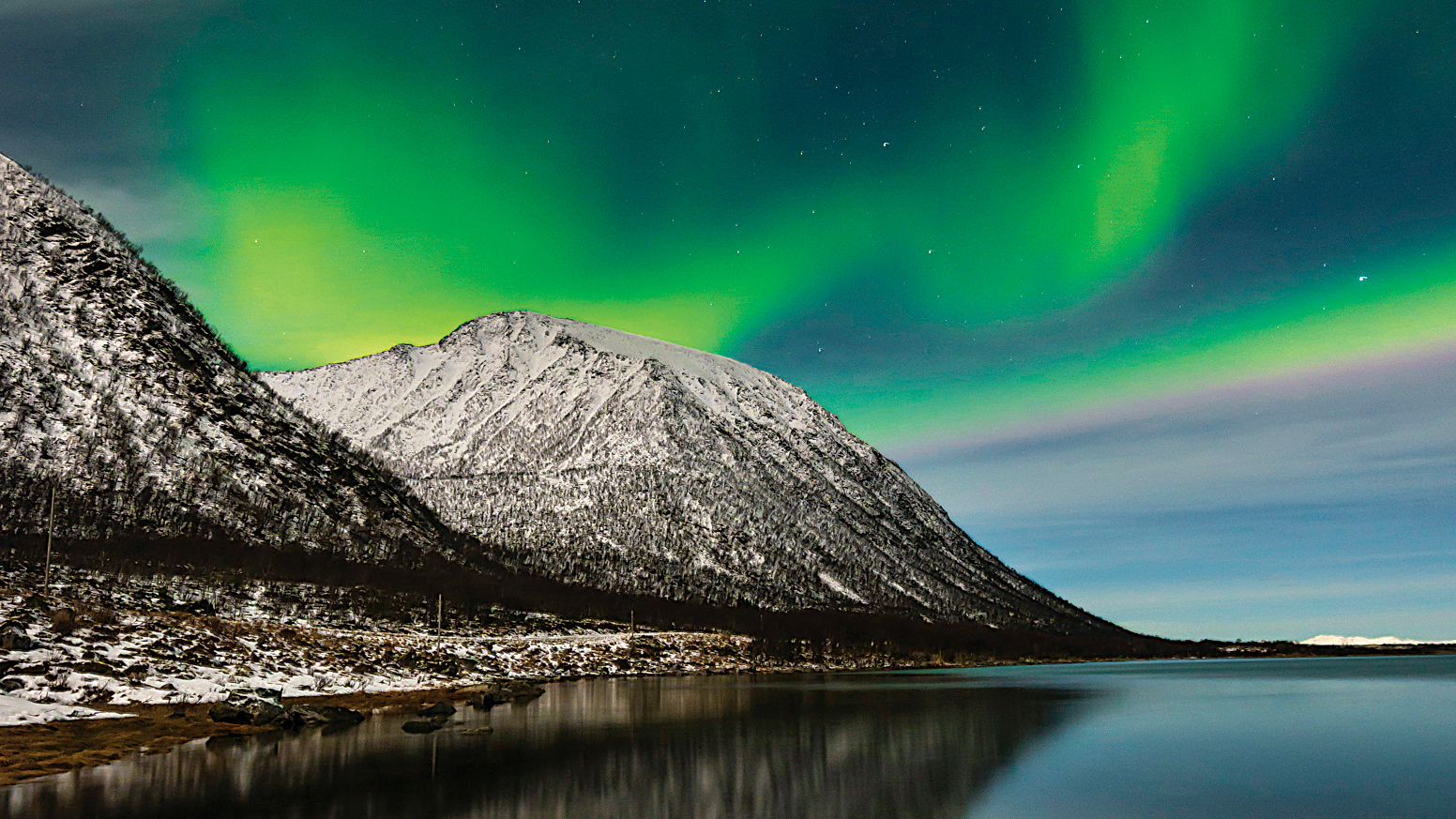
Tonight the moon reaches its last quarter phase, which means it rises after midnight. You can usually find short periods of moon-free skies (when constellations, galaxies and other faint deep-sky objects will look their best) in the few nights prior to tonight, but if you’re planning a late-night astrophotography session then tonight through New Moon on February 20 (and a few nights beyond when a crescent moon sets early) is the key period.
It’s also a great time to plan a trip to the Arctic Circle to see the Northern Lights. Iceland is the least-cold place to go, but northern Norway, Sweden and Finland, as well as northern Canada and Alaska, are all ideally positioned. Wrap up warm and stay for as long as you can to maximize your chance of clear skies and geomagnetic activity coinciding.
Read: Where, when and how to shoot the northern lights
February 22: Jupiter in conjunction with crescent Moon
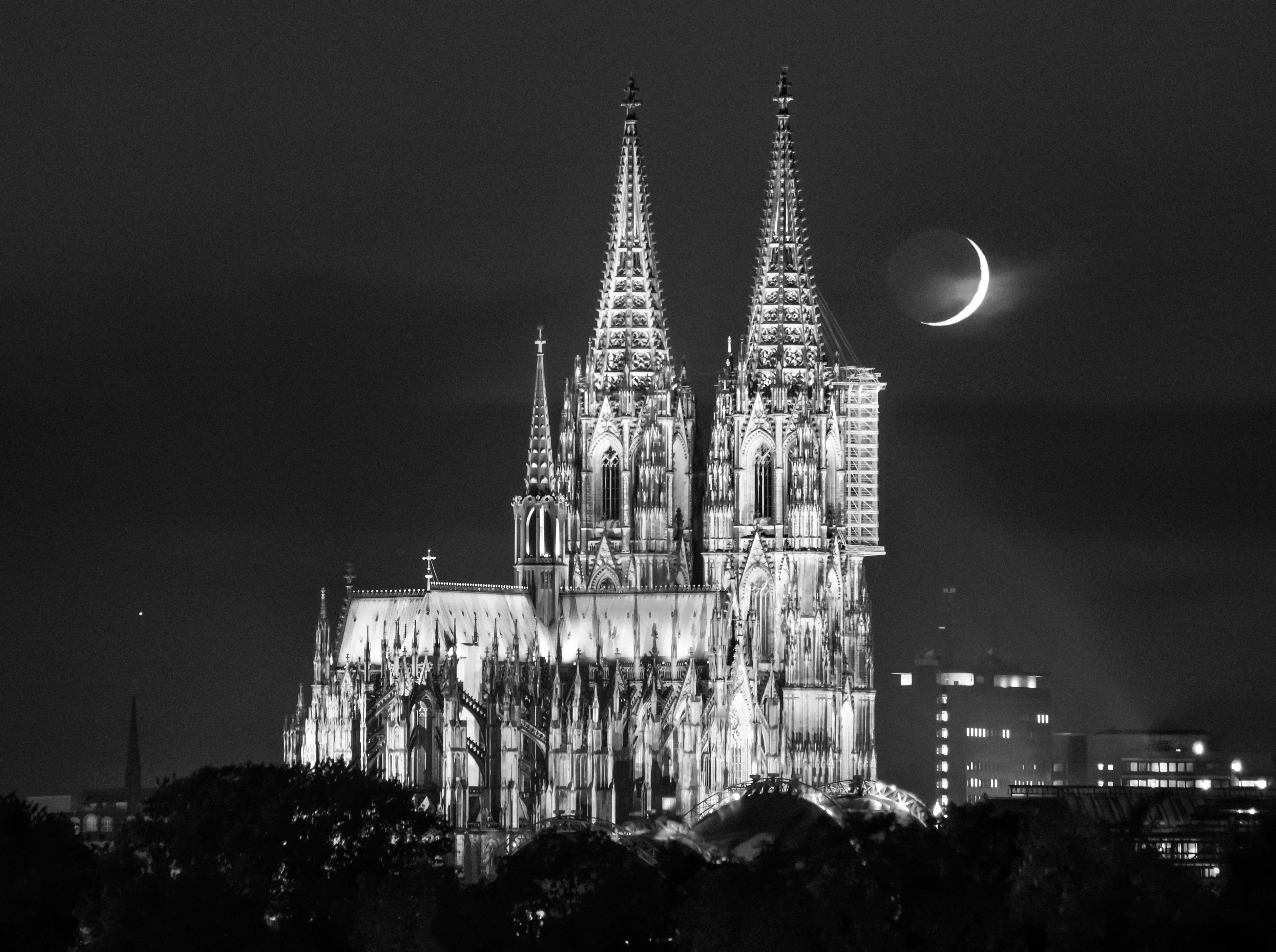
Here comes probably the most beautiful shot of the month. Tonight after sunset point your camera to the southwest horizon to see the bright planet Jupiter just 1° from a 10%-lit crescent Moon. Just below the two will be Venus, which is continuing to climb into the post-sunset sky, brightening all the time.
Read: When to photograph the moon
Deep-sky shot of the month: the Pleiades

Also known as the seven sisters, the Pleiades (M45) are rightly one of the most famous sites in the night sky. Visible from both hemispheres, this open cluster of giant blue stars 440 light-years distant makes a great deep sky shot largely for its spectacular nebulosity. Any kind of long exposure to this cluster will reveal a reflection nebula, which is essentially light from the constituent stars reflecting off the gas and dust between them.
Well placed for photography in the early evening this month, the great thing about the Pleiades is that they look spectacular in both wide-field and close-up. For the former, simply frame an image using a wide-angle lens and expose it for a maximum of 30 seconds to prevent significant trailing. For the latter, a DSLR camera with a lens with a focal length of 500mm to 1,000mm (or attach to a telescope). You’ll need either one of the best star trackers or a motorized telescope to track the Pleiades, which will enable you to take multiple three-minute+ exposures to stack together to maximize contrast and color, as detailed by AstroBackyard.
Read: How to try deep-space astrophotography
Read more:
• Astrophotography: How-to guides, tips and videos
• Astrophotography tools: the best camera, lenses and gear
• The best lenses for astrophotography
• The best star tracker camera mounts
• Best equatorial mounts
• Best deep-space telescopes
• The best light pollution filters
• The best CCD cameras for astrophotography
• The best spotting scopes
• The best binoculars
• The best microscopes

Jamie has been writing about photography, astronomy, astro-tourism and astrophotography for over 15 years, producing content for Forbes, Space.com, Live Science, Techradar, T3, BBC Wildlife, Science Focus, Sky & Telescope, BBC Sky At Night, South China Morning Post, The Guardian, The Telegraph and Travel+Leisure.
As the editor for When Is The Next Eclipse, he has a wealth of experience, expertise and enthusiasm for astrophotography, from capturing the moon and meteor showers to solar and lunar eclipses.
He also brings a great deal of knowledge on action cameras, 360 cameras, AI cameras, camera backpacks, telescopes, gimbals, tripods and all manner of photography equipment.
